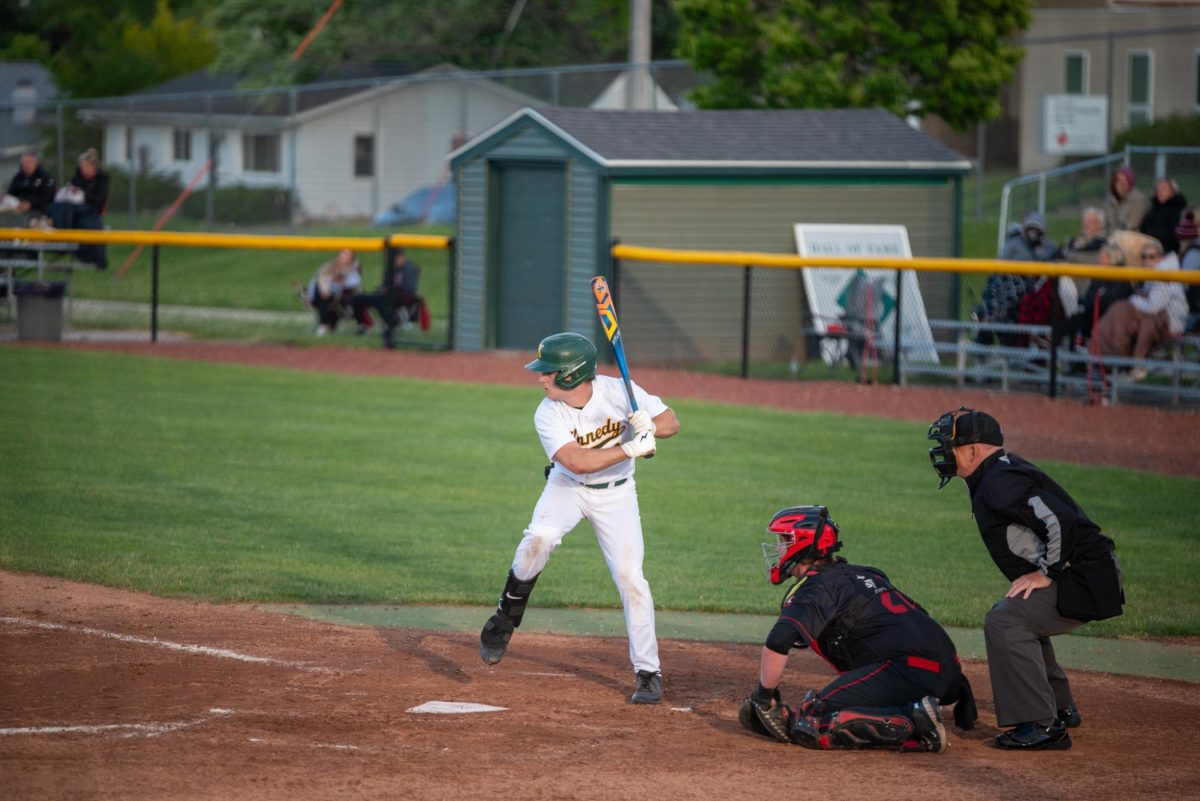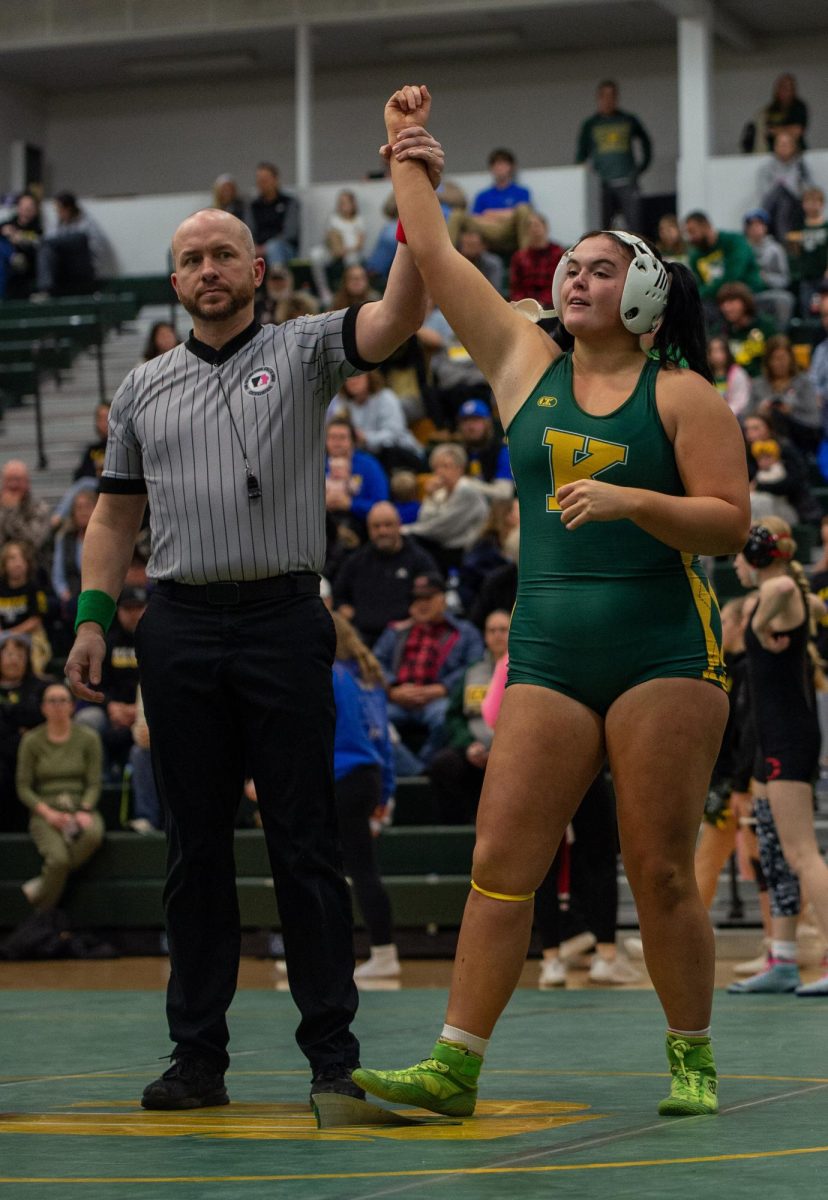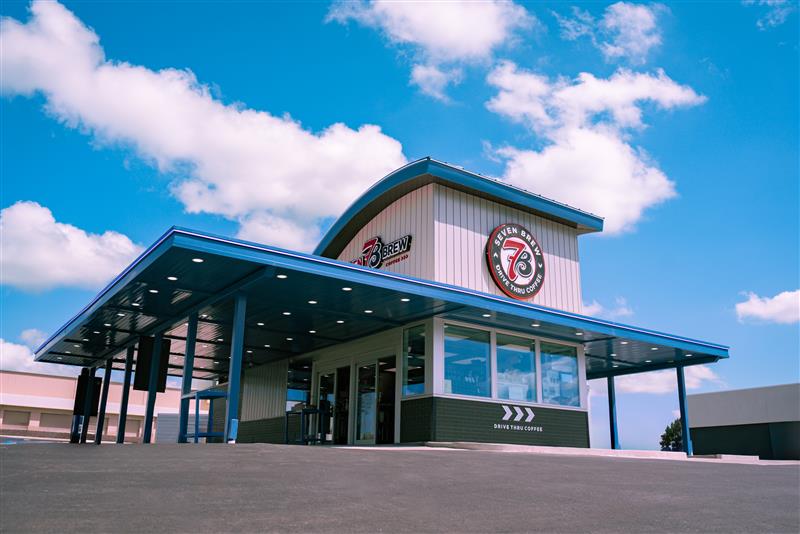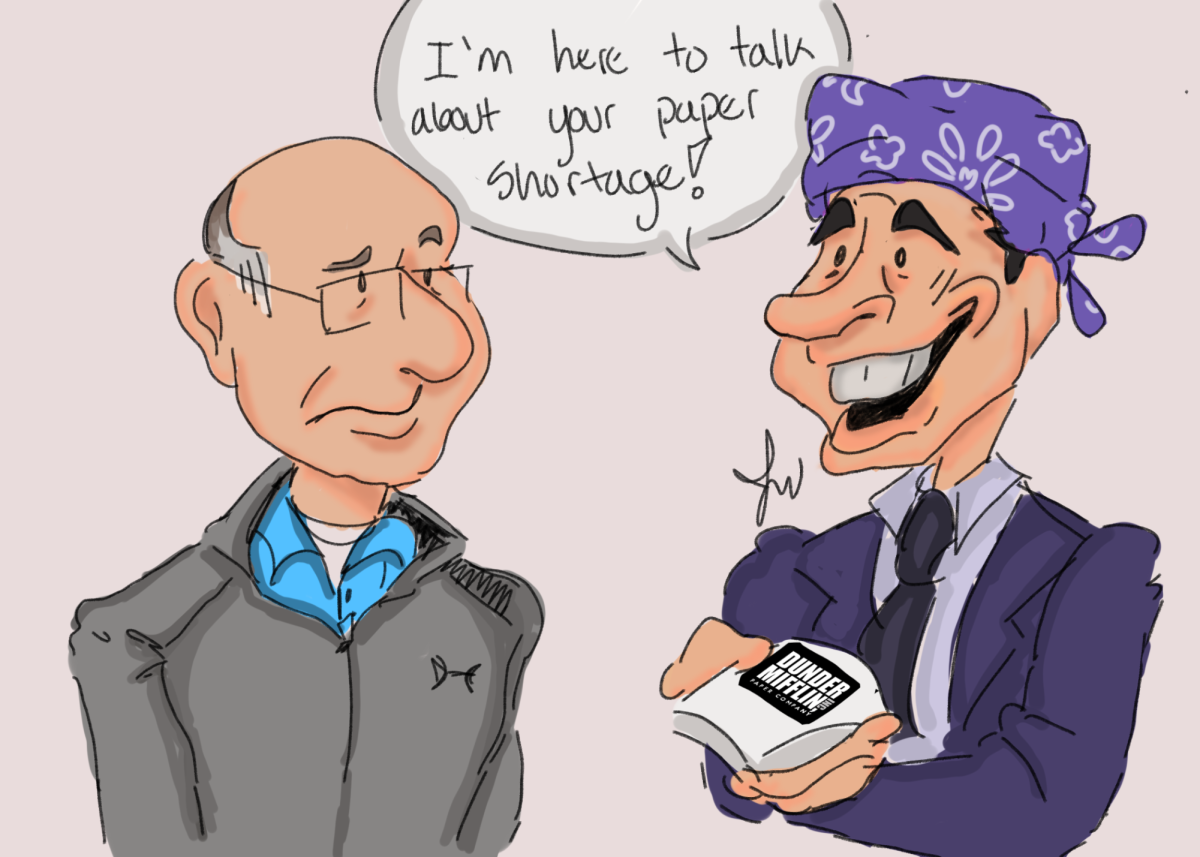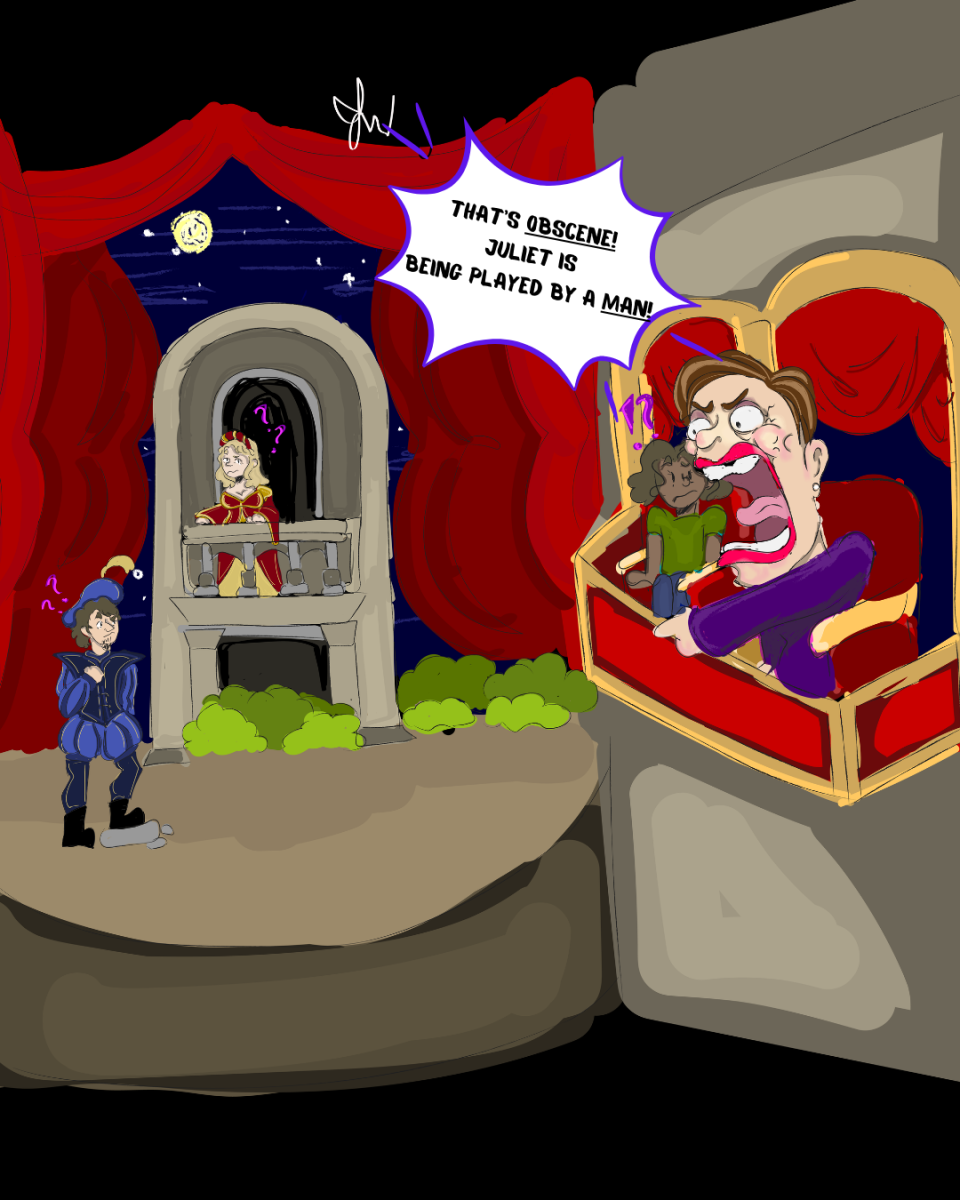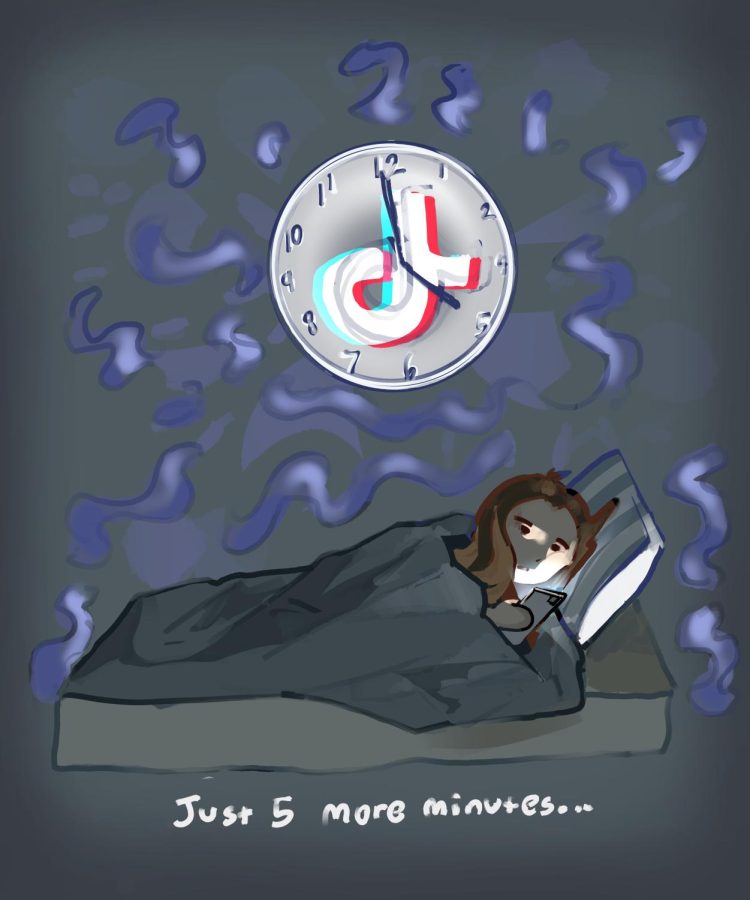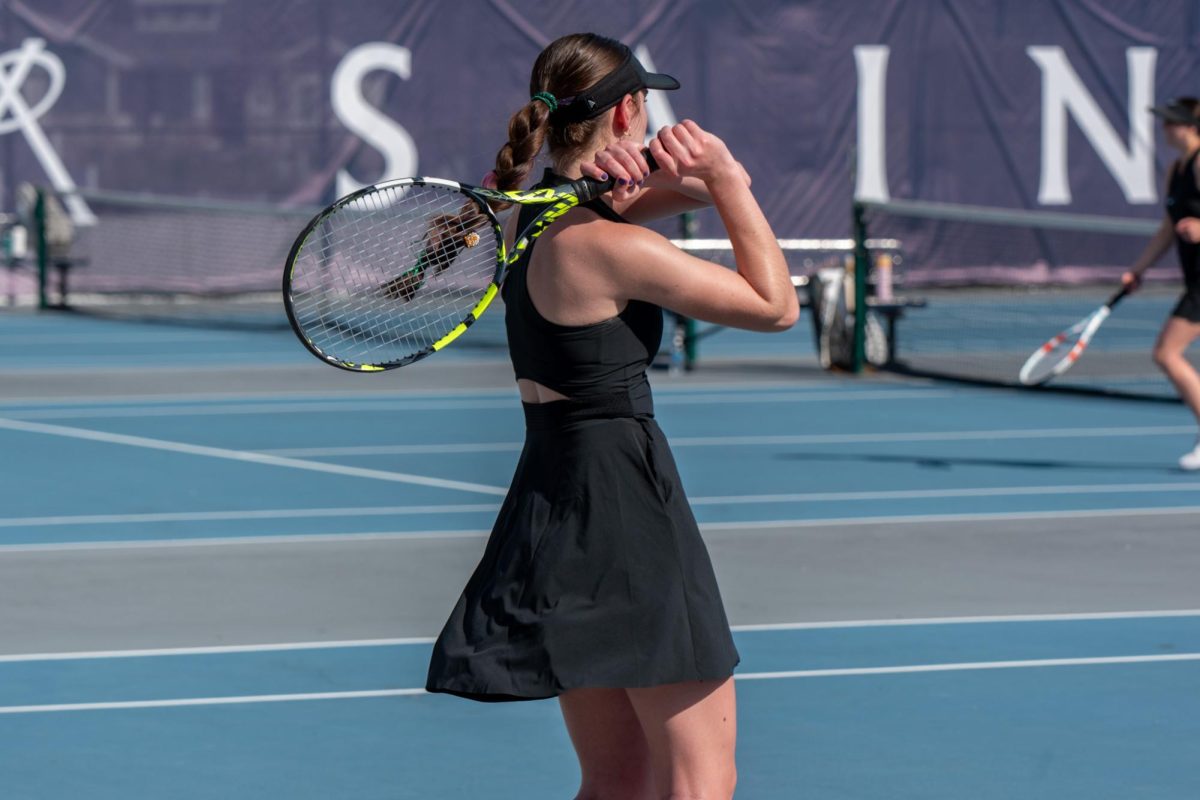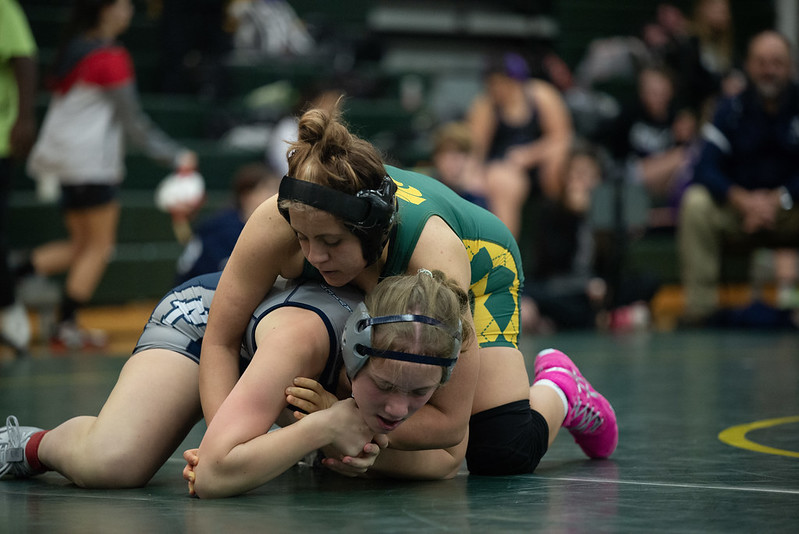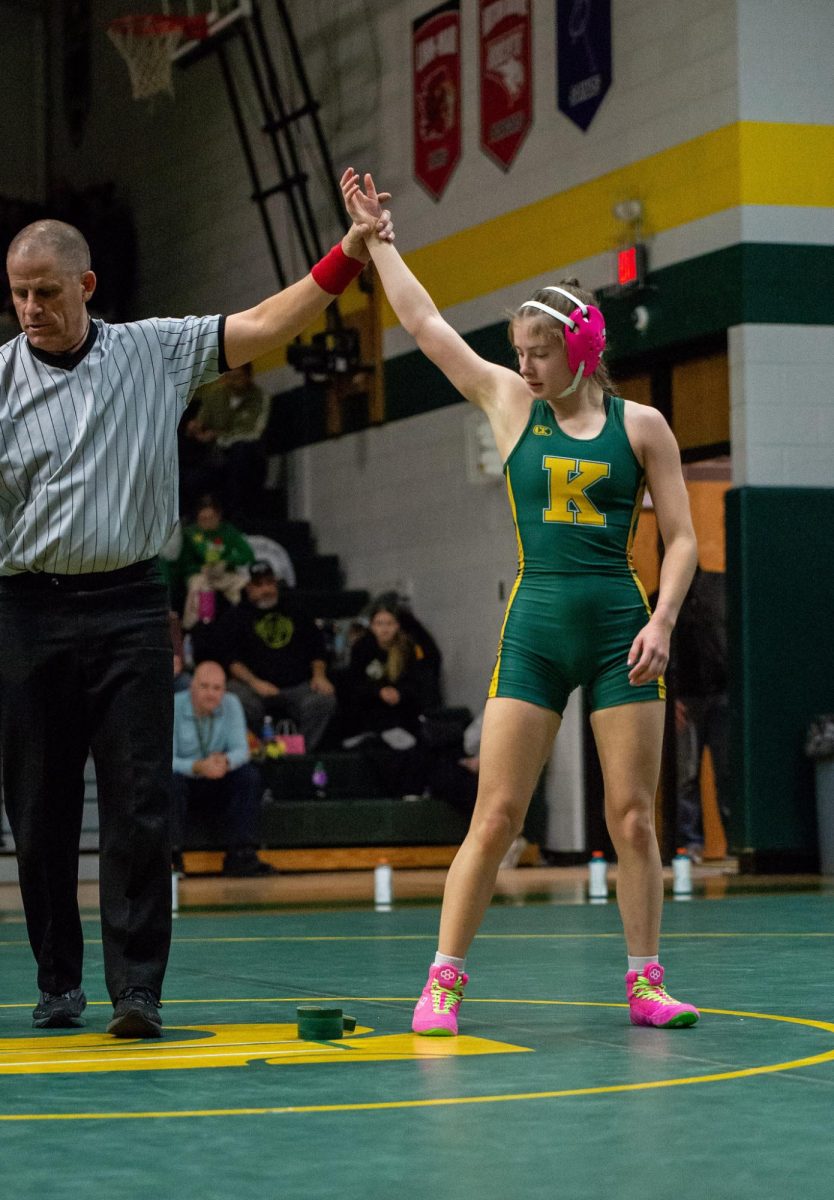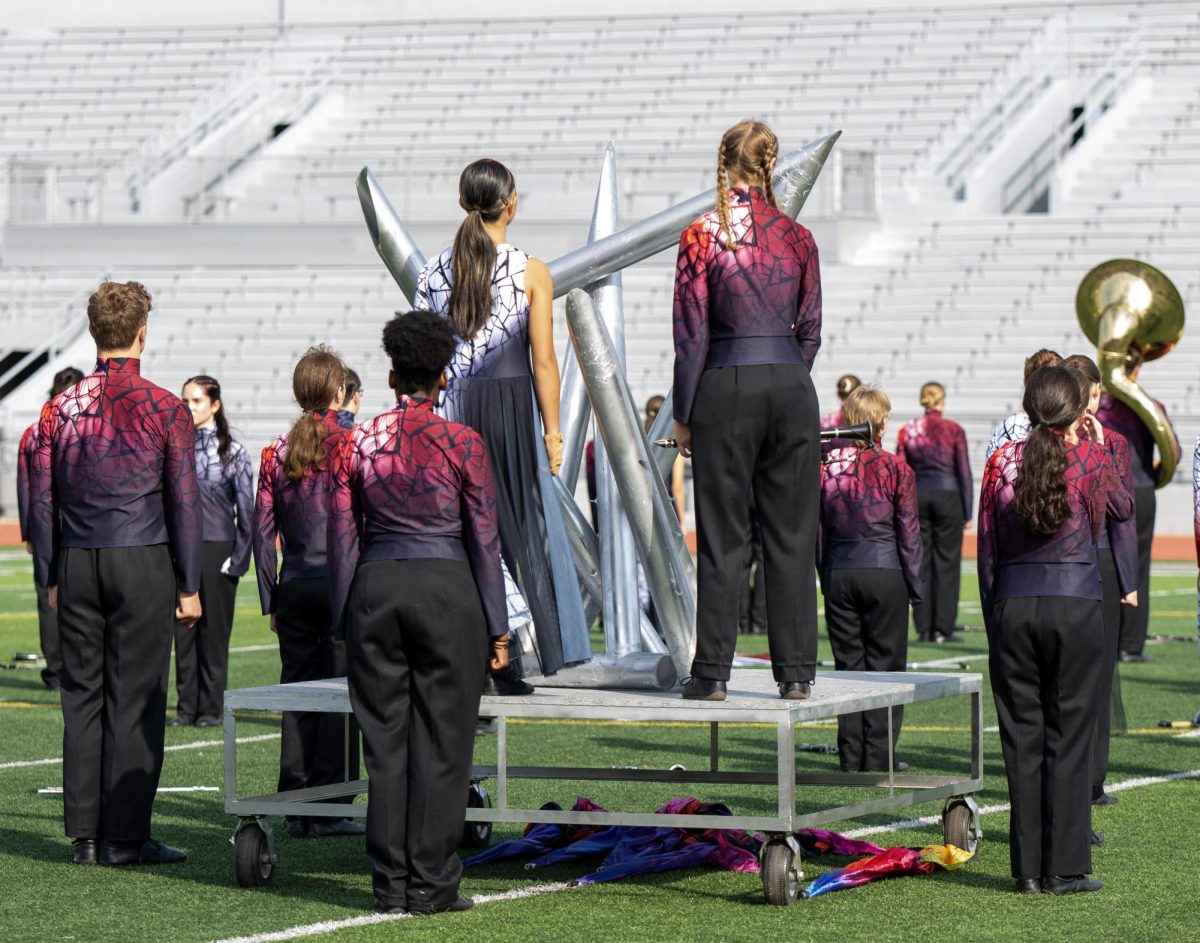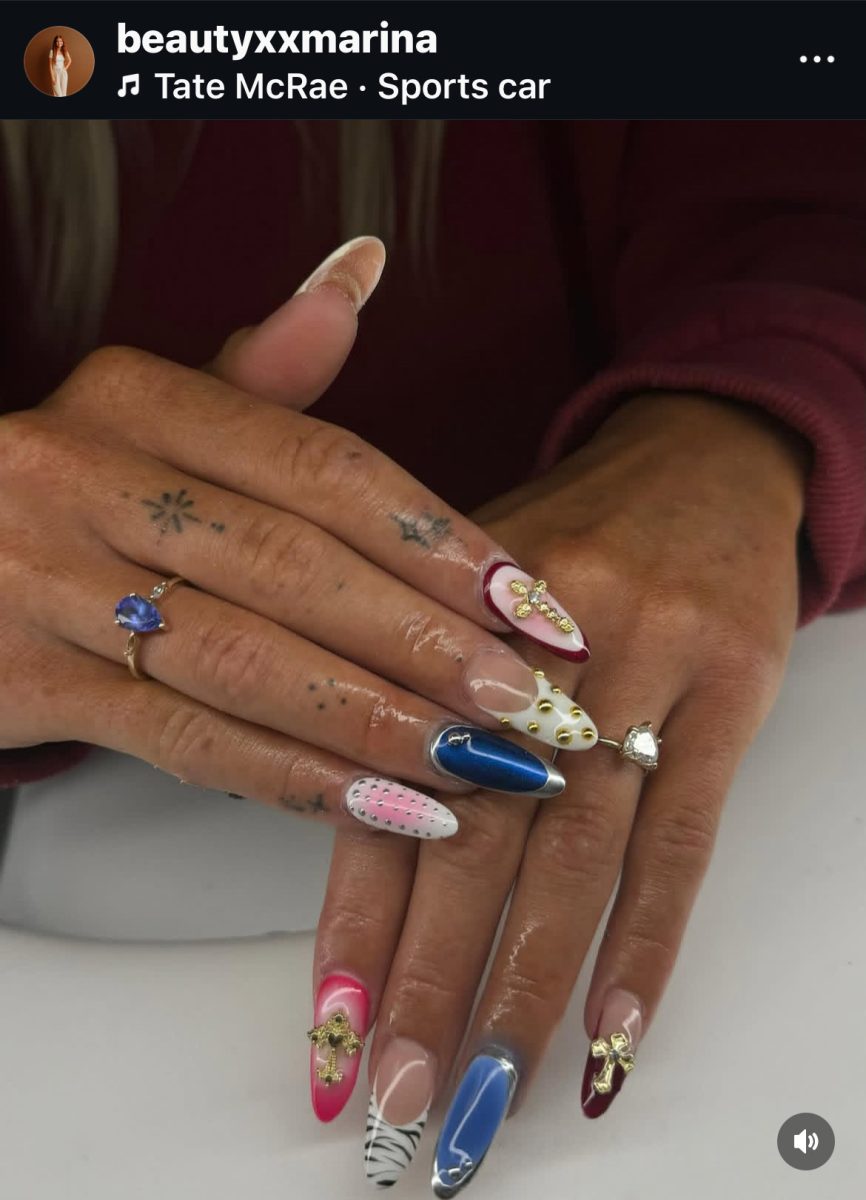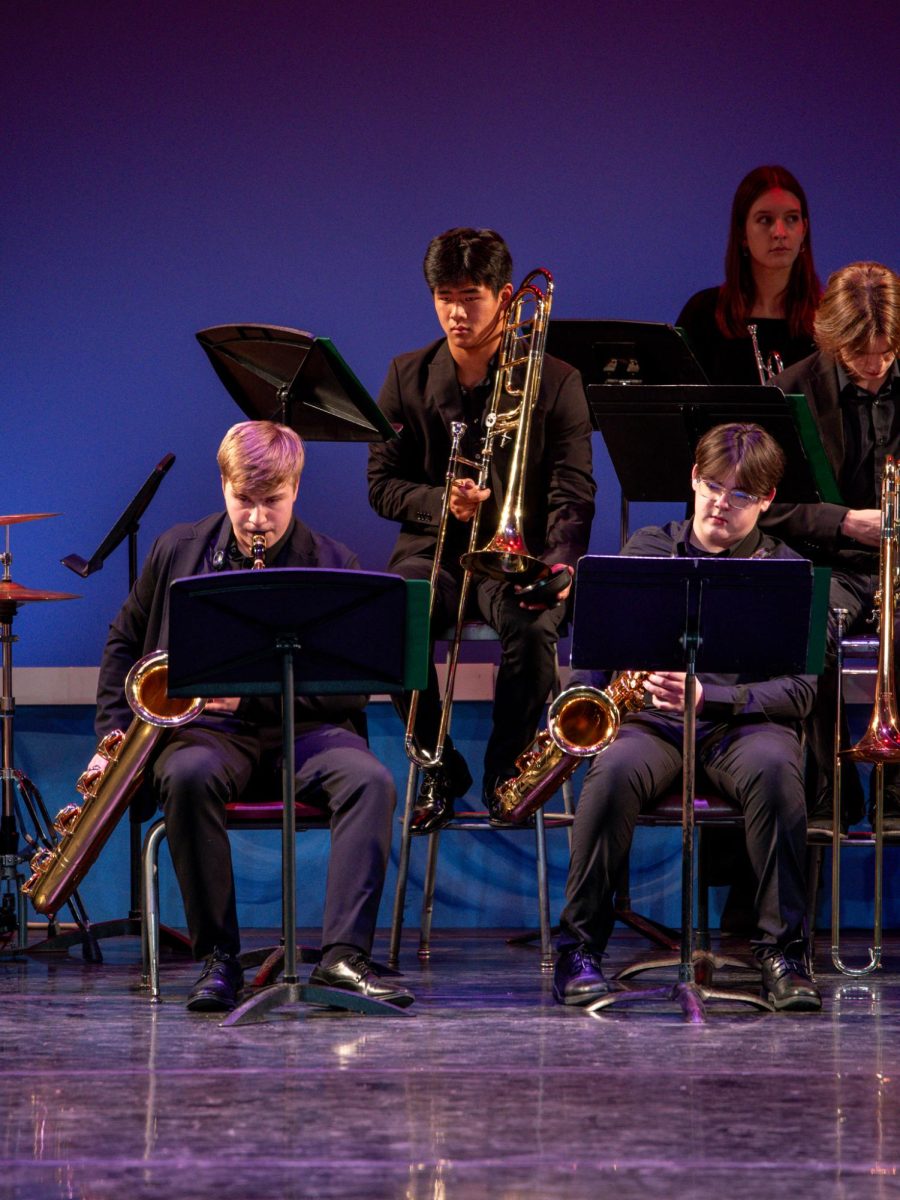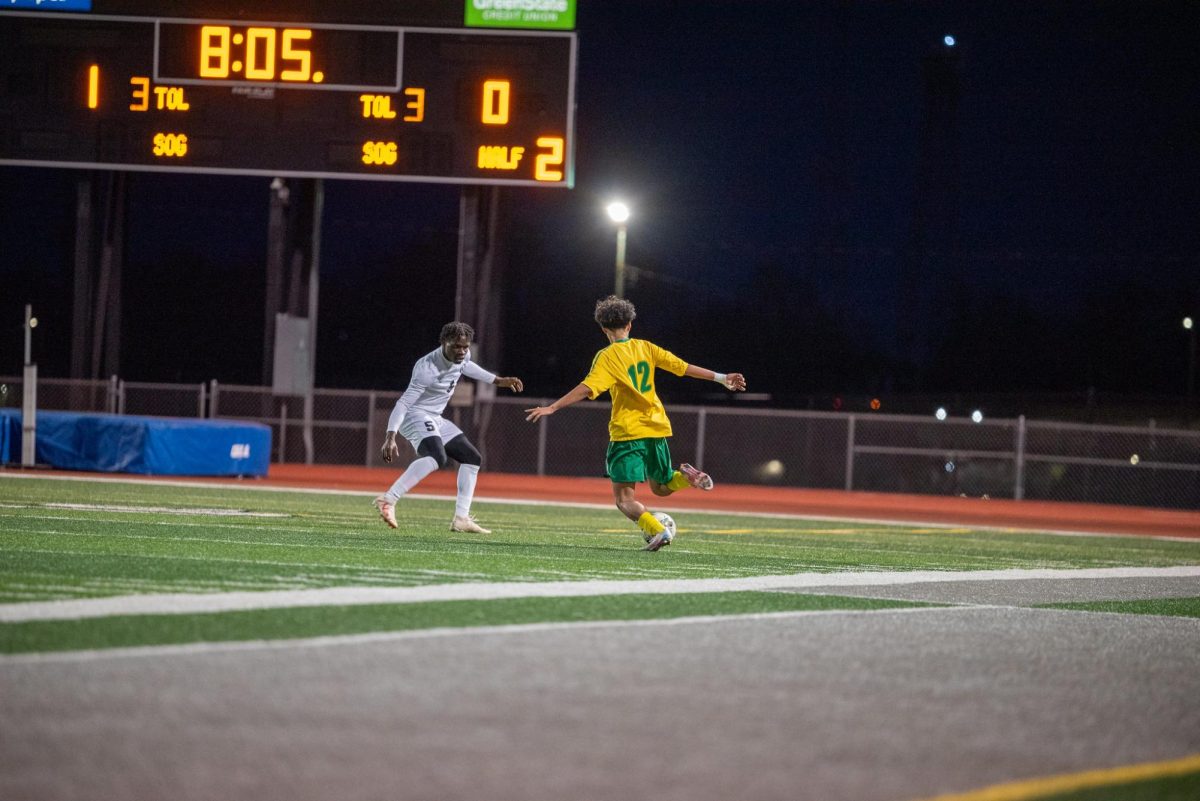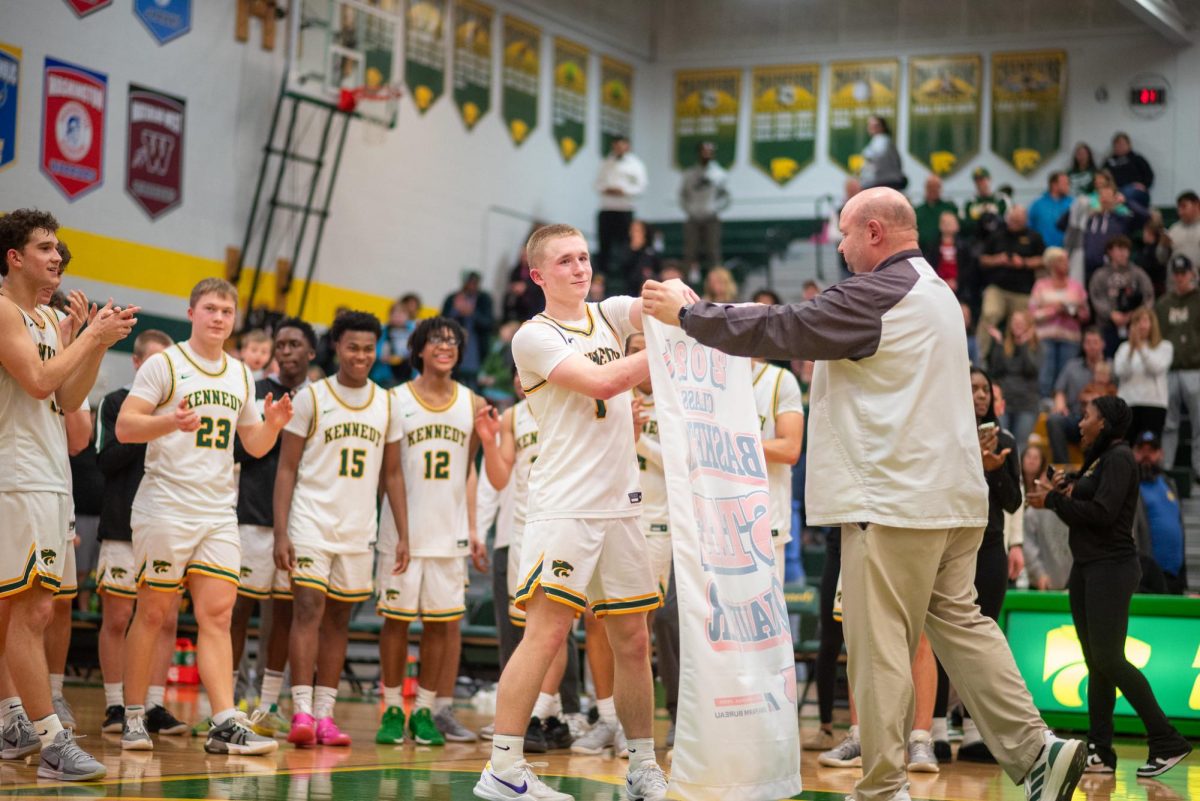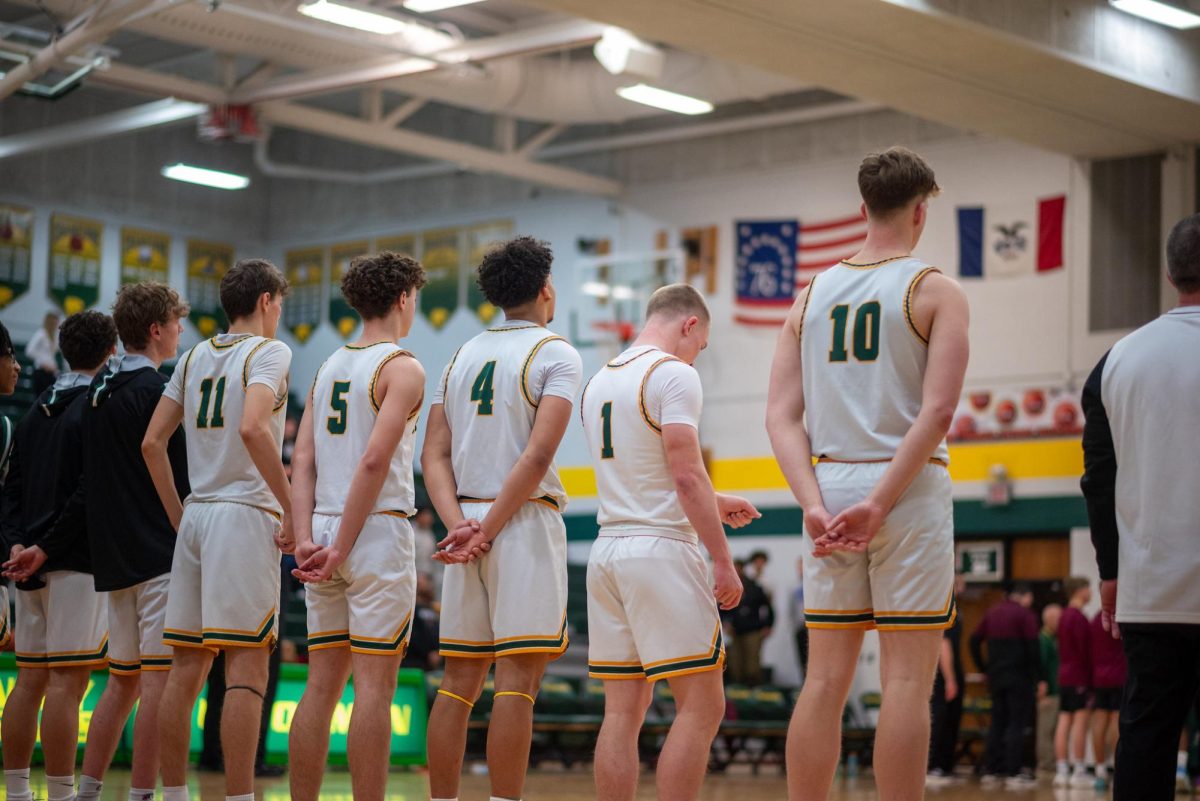Emptying the Bottle
A Look Into the Consequences of Student Drinking
October 4, 2016
Each year, nearly 5,000 students die as a result of underage alcohol consumption. In 2016 alone, there will be over 189,000 E.R. visits due to student drinking. It’s not a secret that the party-intensive ten culture embraces underage drinking, although thousands of students seemingly disregard the life-altering consequences that result.
“I want youth to truly understand the impacts on their future substances can have,” said Erin Jordan, the Linn County Director of Prevention for the Area Substance Abuse Council.
District policy requires a student to be suspended from all classes and activities, with potential extenuating consequences depending on the nature of the instance. “My goal is not to ‘bust’ kids,” said Associate Principal Jim Muench, “but to help them make good decisions.”
However, according to Cedar Rapids Police Department protocol, if a student is caught under the influence, there is an obligation and grounds for charges to be brought against the particular student. “These days, with all the parties and everything that kids do, it’s becoming less and less likely that officers are going to give warnings,” said School Resource Officer Charity Hansel.
The Area Substance Abuse Council (ASAC) works with teenagers in order to prevent substance abuse in students and provides treatment and counseling options.
Students Against Destructive Decisions (SADD) reports that the risk of underage drinking increases by 53 percent by the age of 19.
“Alcohol consumption can be very dangerous and has greater effects on the body than anyone realizes when they’re in the moment,” Muench said. “Things happen that you don’t even realize.”
Consequences exist beyond class absences and non-participation in extracurricular activities. If a student is charged with a DUI (Driving Under the Influence), or an MIP (Minor in Possession of illegal substance), colleges can officially revoke scholarships and even letters of admittance.
This year alone, more than 50,000 students nationwide will be introduced to underage drinking, and nearly one in three students between sixth and twelfth grade will have their first drink.
“I am concerned about what seems to be the social acceptance of teenage drinking,” Muench said.
However, there are alternatives to experiencing the negative effects of illegal alcohol consumption. “You have to have the confidence to stand up against something you don’t want to do,” Jordan said. “You need to have a strong resiliency skills to know the difference between right and wrong, where you want your future to go and who you want to take with you.”
Although society grapples with the issue of teen drinking being seemingly so overstated that it hardly seems like a problem, the consequences will follow students forever.
“We’re trying to care for these kids, but it’s just not a good idea to get involved in all that,” Charity said.
“My advice would be to avoid it due to the consequences it brings,” Muench said, “It’s just not worth it”
For more information, volunteer opportunities, or to seek help for substance abuse, visit the following organizations for assistance.
- Mothers Against Drunk Driving (MADD.org)
- Foundation for Advancing Alcohol Responsibility (responsibility.org)
- Center for Disease Control (cdc.gov)
- Students Against Destructive Decisions (SADD.org)
- National Institute on Alcohol Abuse and Alcoholism (niaa.org)
- Area Substance Abuse Council (asac.us)

